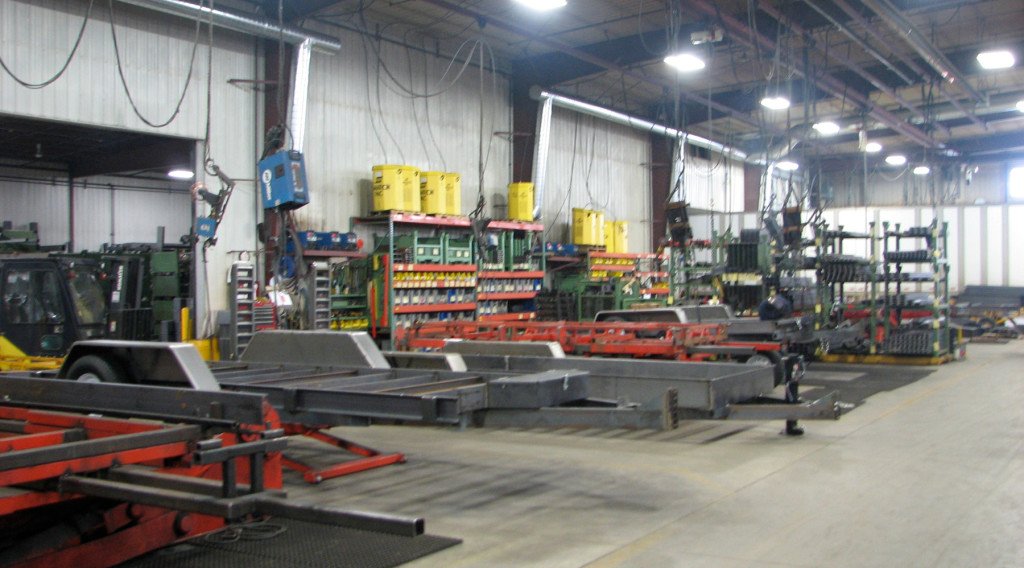Tactical clothing and equipment specifically for demining operations remain in great demand in various regions around the world, and having the right kit has never been more important.For example, at the start of this summer in Kosovo, experts resumed the painstaking process of clearing mines left from the conflict of the late 1990s. (Since then, hundreds have been killed or hurt by these hidden devices.)
Kosovo Security Forces, a lightly armed civil emergency force, used demining clothing and other protective equipment like visors, having had to wait for spring to take up the operation once again. During the winter, the ground is too hard to scan for explosives.
At the end of the 1990s, after NATO’s bombing campaign which ended the war and stopped the Serbian crackdown on Albanian separatists, some 4,5000 minefields were registered.
Over the past couple of years, some 200 explosive devices have been discovered and safely destroyed. And, of course, for every one which is found, one human life is potentially saved.
At the same time, Peruvian and Ecuadorean Armed Forces this spring returned to the battlefield which was the scene of a territorial dispute between the two countries lasting several years. Using the latest protective gear, they came together to clear the border area they share of mines.
Equally, the demining project has turned out to be a fantastic way for the two former enemies to build mutual trust, something which had previously been thought difficult to achieve.
Last year, the Peruvian body responsible for co-ordinating demining operations, carried out by the Army and the police, cleared nearly 1,500 anti-personnel landmines which had been set by both Peru and Ecuador in the Condor mountain range. Across Peru, these devices have claimed hundreds of lives, of civilians, soldiers and police officers.
With better equipment, from using the latest demining helmet equipment to having resources such as dogs and machinery rather than relying on manual demining, Peru expects the number of cleared mines to increase by the end of this year.
Kidnap threat
There’s no doubt that demining remains an extremely hazardous business, not just from the dangers of the devices themselves, but because of the potential to be targets for kidnappers.
Four deminers working in Sudan were seized and held on suspicion of being “military advisers” to South Sudan, and only released following negotiations with South African president Thabo Mbeki.
Earlier in 2012, two mine risk educators working for the Danish Demining Group were also held, this time in Somalia. It took military intervention from the US Special Forces for them to be freed.
One statistic shows that, since 1998, there have been almost a thousand deaths or injuries among staff involved in demining. That’s around 75 a year, or almost 2% of the overall number of victims of landmines during the same time.
All of this goes to show that, vital as demining is, it remains perilous and the best equipment is needed to give those working on operations the best possible protection.



